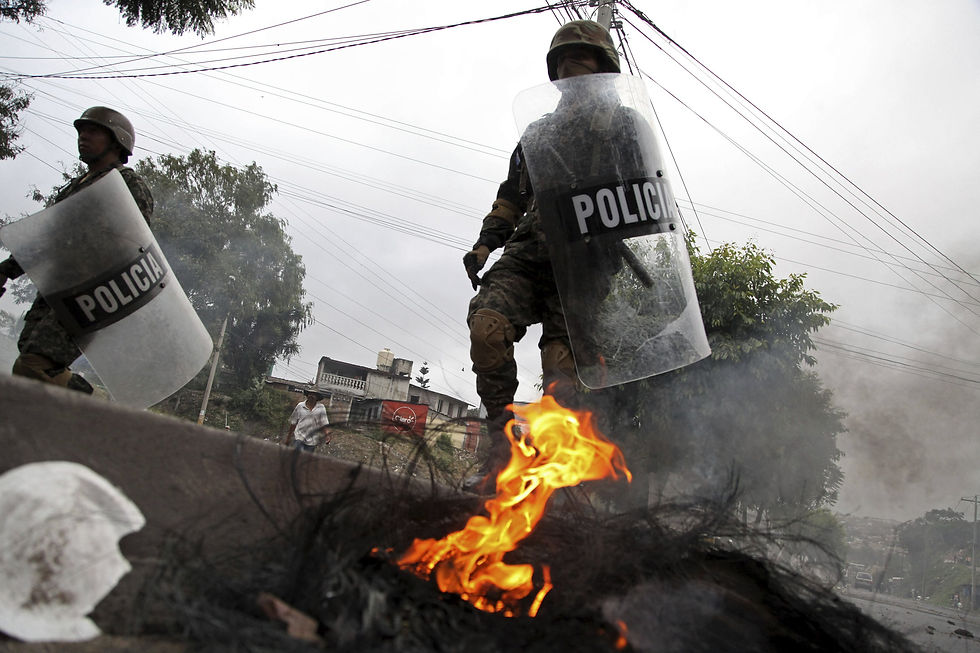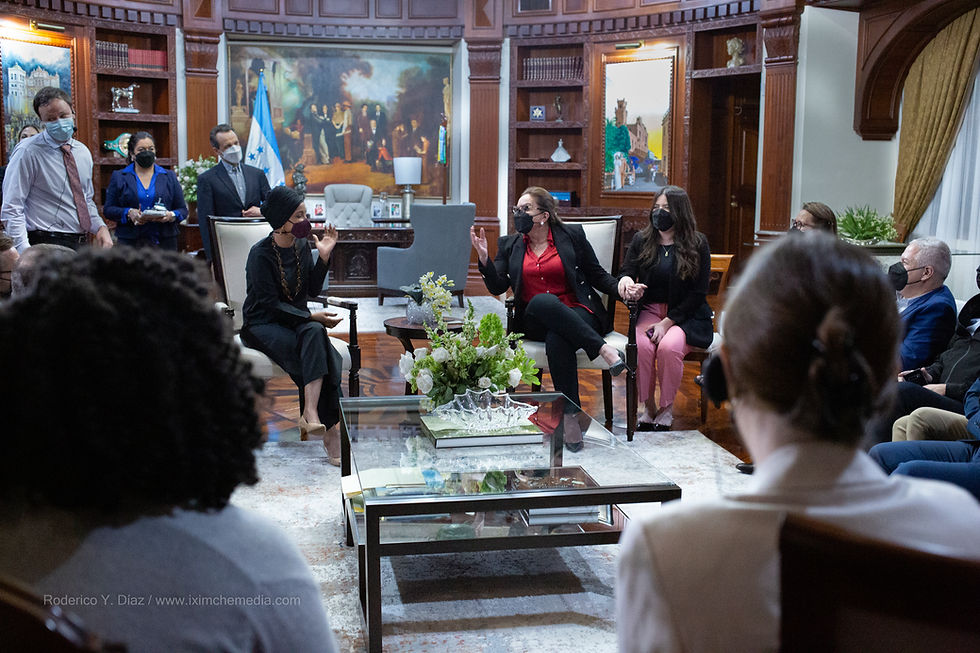At a Barricade in San Pedro Sula
- swherry94
- Dec 19, 2017
- 2 min read
Updated: Mar 8, 2019
by John Walsh

On December 18th, the day after the election authorities of Honduras declared the incumbent president Juan Orlando Hernández the winner of the November 26 vote – a result few people outside of his party accept – Honduran human rights defenders took me along on a visit to one of the many barricades that sprang up within hours of the announcement. A key purpose of these visits is to defuse potential state – police or military – violence against protests.
At the barricade, people quickly told us that shots have been fired at them out of unmarked cars, which is why they discourage vehicles from approaching too closely until the purpose is clear. “Discourage” means set off loud fireworks; if that doesn’t have the desired effect, “discourage” might mean throw rocks. But once we were allowed in, people willingly described what this is all about.
The first thing to know is that the barricade is a community project. The people there live nearby, and food and drink for those on the scene comes from those who are not. Mostly it’s young people who are present, unafraid, and maybe feeling that in the circumstances they have no future to lose. Person after person described poverty and the lack of economic opportunities, decent housing, and adequate healthcare (we also visited a public hospital emergency room, which was wall-to-wall patients with an exhausted looking staff and no privacy).
People at the barricade said they’ve always known hunger and want, and the prospect of that getting worse if the regime continues in power is intolerable. They said that international aid intended to help gets pocketed by corrupt authorities before it ever reaches the people it is supposed to benefit.
That morning, they told us, a young woman passersby had been shot and wounded by the Military Police, who come to clear away barricades. We saw a number of these police deployed in the vicinity during the time we were there. And a man at a barricade in another part of the city was shot dead by police that same afternoon. One man at the barricade showed us a wound on his belly, and said the Military Police had gotten hold of him, pulled off his shirt, spilled gasoline on him, and set it on fire.
Yet the National Preventive Police, a different entity, were allowed to pass the barricade in small numbers under a truce (we spoke with them to confirm that they did not have orders to attack the protest). Ambulances were also given passage, after verification that in fact they were transporting a patients. And a steady flow of pedestrians and motorbike riders crossed through.
People at the barricade wanted us in the U.S. to know that our tax dollars are misspent due to corruption – and they weren’t even talking about the money that goes for military and police “aid.” What they seek is to have their basic human rights respected and to be able to earn a decent living. They are sure that under a dictatorial regime that will not happen.
San Pedro Sula reputedly is one of the most violent places in the world. As long as legitimate grievances are being met with state violence, its people have little hope of being able to live in peace in the future.




Comments